Microbe Guides
Microbe Guides are concise summaries of the biology of important microbial groups in fermented foods. These pieces provide notes on appearance, functions in foods, and approaches for management.

A Visual Guide to the Microbiology of Washed-rind Cheeses
Ever wonder what is living in your favorite stinky cheese? Our new visual guide provides an overview of the microbial diversity of washed-rind cheeses. Print it out. Hang it up. Impress your friends with your new cheese microbiology knowledge.

Get to know your sourdough yeast
As a part of the Sourdough citizen science project, we have sequenced the DNA of sourdough starters from around the world to better characterize sourdough microbial biodiversity. As we sift through data from that project, many participants want to know more about the yeasts identified in their starter. Here we provide profiles of research conducted on some of the most abundant sourdough yeasts. [click to view the full story]
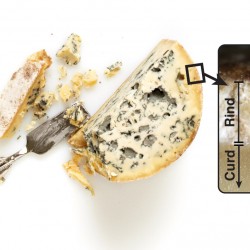
A Visual Guide to the Microbiology of Natural Rind Cheese
Ever wonder what is living in that undulating crust on your favorite blue cheese or clothbound Cheddar? Our new visual guide provides an overview of the microbial diversity of natural rind cheeses. Print it out. Hang it up. Impress your friends with your new cheese microbiology knowledge.
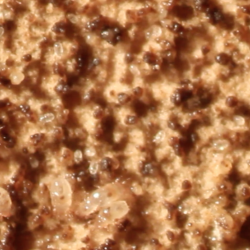
Cheese mites, gophers of cheese rinds
Next time you buy a piece of cheese with a mottled natural rind, such as a clothbound Cheddar or Tomme de Savoie, take a close look at the rind with a magnifying glass. If you look long enough, you will see tiny pieces of the rind are moving! These specks are microscopic arachnids known as cheese mites. Gophers of the cheese world, these tiny mites can both impart flavors as well as cause headaches for cheese producers.

Microbe guide: Chrysosporium sulfureum
If you’ve ever spotted yellow fluff on the surface of a cheese rind, you were probably looking at the mold Chrysosporium sulfureum. Considered a typical fungal species on the rinds of many classic French cheeses including Tomme de Savoie and Saint-Nectaire, this cave-loving fungus is widespread, but enigmatic. Here’s a summary of the little that we do know about this cheese fungus.

Microbe Guide: A visual guide to salami microbiology
Ever wonder what makes your salami fuzzy, crusty, and tart? Our Visual Guide to Salami Microbiology provides an overview of everything you need to know about microbes in and on your favorite artisan salami. Print it out. Hang it up. Marvel at the microbiological wonders growing on your salami! Download our Visual Guide to Salame Microbiology here. [click to view the full story]
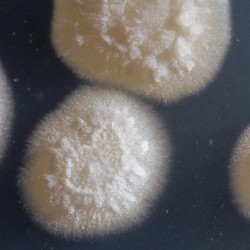
Microbe Guide: Yarrowia lipolytica
From biofuels to fish food to gold nanoparticles, Yarrowia lipolytica is all the rage these days as a powerful workhorse for biotechnology. But this yeast also has important roles in the flavor development and appearance of some traditional fermented foods. Here’s all you need to know about this versatile and beautiful yeast. [click to view the full story]
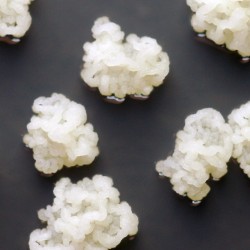
Microbe Guide: Zygosaccharomyces rouxii
If Saccharomyces cerevisiae is the king of wine and beer, then Zygosaccharomyces rouxii is the king of soy sauce. The production of soy sauce is a multi-stage fermentation with many different microbes involved. But the production of the essence of soy sauce, that caramel-like odor that is the heart of any high-quality soy sauce, has been mastered by the yeast Zygosaccharomyces rouxii.
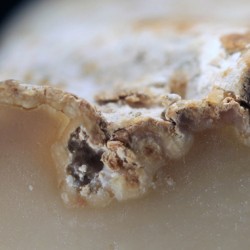
Microbe Guide: Scopulariopsis
When I first met Sister Noella Marcellino, the artisan cheese maker and advocate who is the star of the documentary The Cheese Nun, she enthusiastically declared that Scopulariopsis is one of the most important, but also most poorly understood molds in artisan cheese. Four years later, after observing hundreds of cheese rinds and thousands of isolates of cheese molds, I wholeheartedly agree with Sister Noella. This mold is incredibly widespread, often well-behaved, but sometimes causes severe problems for cheesemakers.

Microbe Guide: Fusarium domesticum
Washed rind cheeses are hostile places for most molds. The continuous washing of the surfaces of these cheeses breaks up the networks of molds (mycelium) and generally favors the growth of yeasts and bacteria. But one mold, Fusarium domesticum, has figured out how to cope with this highly disturbed cheese environment. [click to view the full story]
